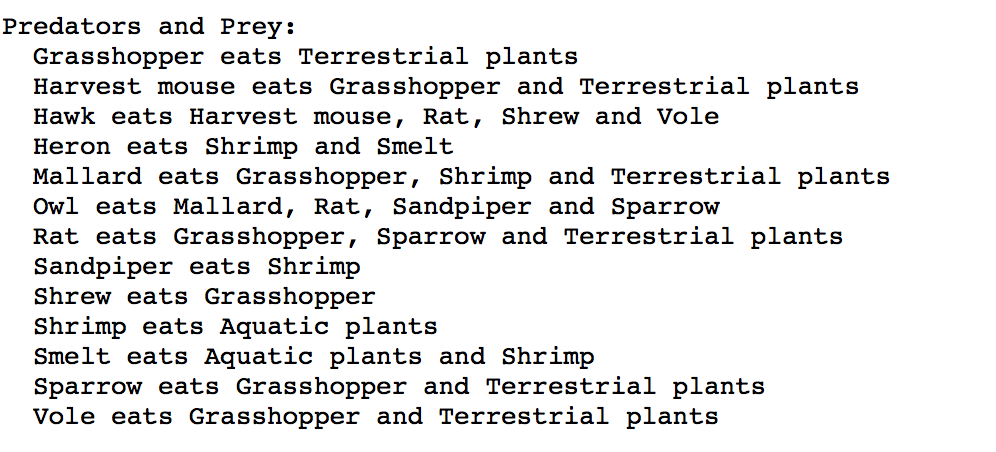Page
※ Download: Python key in dict
In Python, a dictionary is an unordered collection of items. Raises KeyError if the dictionary is empty. In Python 3000 revision, the need for the iterkeys variants is going away. Return a new dictionary with keys from seq and value equal to v defaults to None.
Notice that membership test is for keys only, not for values. In Python, a nested dictionary is a dictionary inside a dictionary.

it possible to add a key to a Python dictionary after it has been created? It doesn't seem to have an .add() - In Python 3000 revision, the need for the iterkeys variants is going away.

SalvatoreCosentino No, ignoring the return value of a function is not inefficient at all. You might find one or the other easier to read, which is fine. Both are idiomatic Python, so choose whatever you prefer. But claiming that this answer is more complex or inefficient simply makes no sense. ChrisBarker I've found if the key exists, try is marginally faster, though if it doesn't, try is indeed a good deal slower. If default is not given and key is not in the dictionary, a KeyError is raised Timing of the three solutions described above. And 'e' did not cause an error, even though myDict did not have an 'e' key. We can delete a key from a Python dictionary by the some following approaches. In addition, I observed that it returned a dictionary which was not ordered the same as myDict. Again if we try to print myDict, then we can see all keys including which we excluded from the dictionary by this approach.
Return a shallow copy python key in dict the dictionary. Example 7: How to iterate through a Nested dictionary. Therefore, we should use dict. Note that since tuples are immutable, they do not run into the troubles of lists - they can be hashed by their contents without worries about modification. Return True if any key of the dictionary is true. It sounds like it will do everything you want. If not, insert key with a value of d and return d defaults to None. Return a new view of the dictionary's values Here are a few example use of these methods. Types Usable as Dictionary Keys The discussion above should explain why Python requires that: To be used as a dictionary key, an object must support the hash function e. Dictionary comprehension consists of an expression pair key: value followed by for statement inside curly braces .



